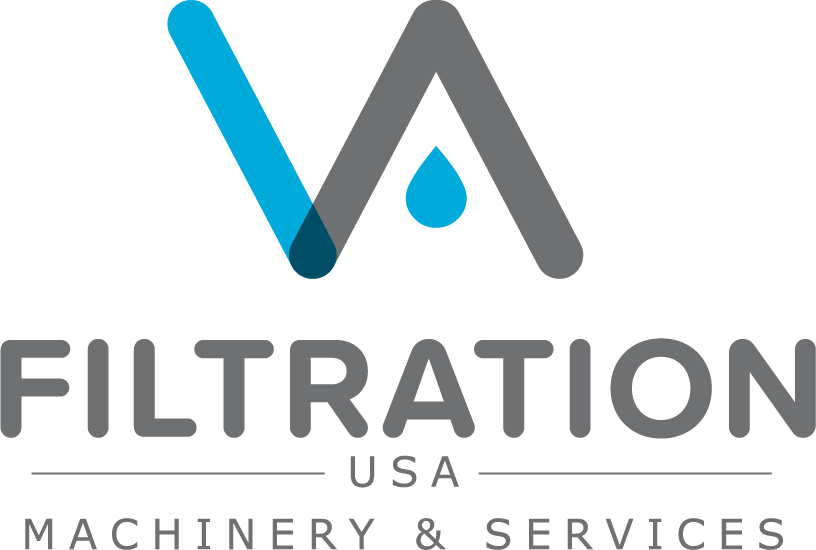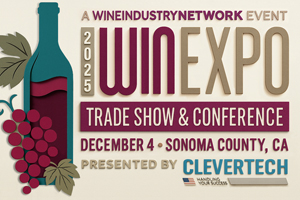125 Gateway Rd E Suite D, Napa, CA, United States of America, 94558
Feeds

Loading feeds please wait a moment
About
VA Filtration is a global mobile wine service company. We have developed and continue to develop a range of process equipment for the specific removal of taints from wine including VA reduction, 4EP/4EG reduction, smoke and other taint reduction, lees filtration, crossflow filtration and TCA/TBA reduction. We also offer an alcohol reduction facility where we use reverse osmosis and vacuum distillation for ethanol reduction purposes in wine. Our ultrafiltration systems are unsurpassed in that we have multiple molecular weight cut-offs to suit any project. Why not test it out using our SWEETSPOTTER.
At VA Filtration we don't just offer mobile services. We also design and manufacture all our own equipment as well as equipment for sale in American Canyon. We are the only wine related company in America, and perhaps the world that designs, manufactures and operates all of its own process equipment. When you purchase from us, you know that you are purchasing a tried and tested piece of equipment.
Our alcohol reduction service has two machines available for mobile and in-house alcohol reduction needs. We also generate and sell High Proof ethanol.
At VA Filtration we are continually dreaming of new ways to aid the winemaker and our success is your success!
Contact
Contact List
| Title | Name | Phone | Extension | |
|---|---|---|---|---|
| Mr | Bryan Tudhope | bryan@vafiltration.com | 7075522616 | 101 |
| Mr | Rick Oberlin | roberlin@vafiltration.com | 7075522616 | 104 |
| Mr | Chris Koegeleberg | chris@vafiltration.com | 7077040592 | |
| Mr | Kyle Crowley | kcrowley@vafiltration.com | 7075522616 | 105 |
Location List
| Locations | Address | State | Country | Zip Code |
|---|---|---|---|---|
| VA Filtration U.S.A. | 125 Gateway Rd E Suite D, Napa | CA | United States of America | 94558 |



